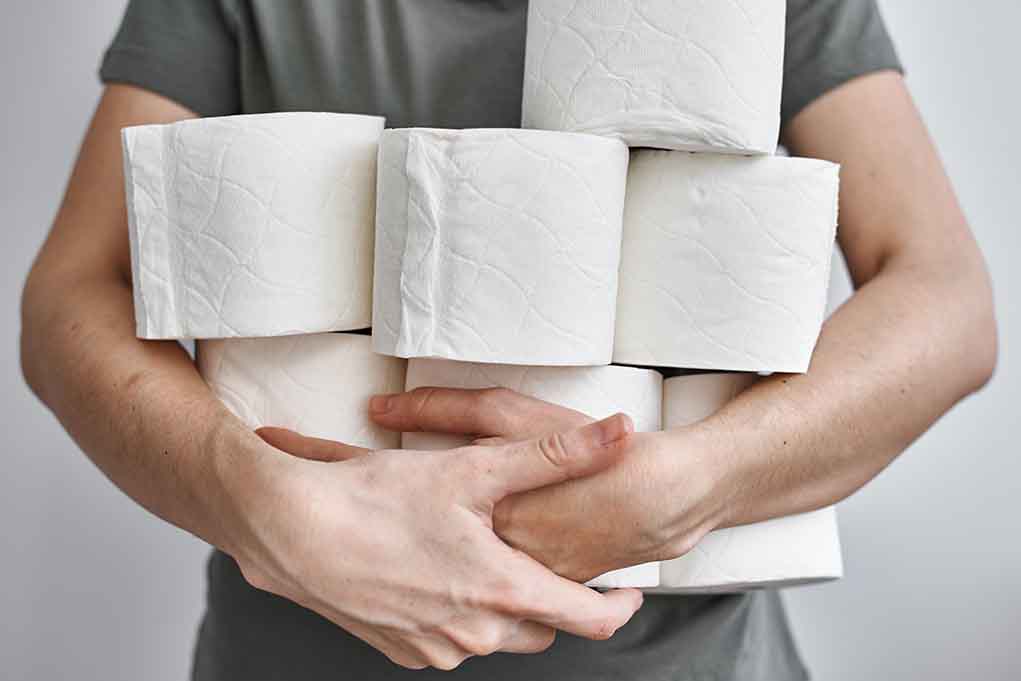
(DailyTreasure.com) – The Supplemental Nutrition Assistance Program, also known as SNAP or simply food stamps, is hands-down the biggest nutrition program offered by the United States government. The history of food stamps dates back to 1939, when the very first food stamp program (FSP) in the country was launched. Over the course of its first four years, the orange and blue food stamp program served more than 20 million people, with a maximum of 4 million in the system at any given time.
The initial program abruptly ended after that four-year period, when unemployment rates improved. Throughout the 60s and beyond, several iterations of the FSP were considered until President Johnson requested formal FSP legislation in the form of the Food Stamp Act in 1964. The program continued to expand until the first half of the 70s, when standards for eligibility, purchase limits, and other elements were enacted.
The SNAP program continued to change as the government recognized the evolution of food insecurity and hunger throughout American communities. Participants are no longer required to purchase stamps, instead receiving cash benefits on an EBT (Electronic Benefits Transfer) card. Initiatives to streamline the system, improve availability, and create stronger national standards have allowed experts to enhance the SNAP program to reach low-income households and schools while also allocating funds to help recipients look for higher-paying work.
Who Qualifies for SNAP?
Similar to many other government benefit program, SNAP takes a three-pronged approach when it comes to testing someone’s eligibility for the program. The main tests include:
- Assessing someone’s gross monthly income, which must typically fall on or below 130% of the federally established poverty line for their household size. SNAP considers both earned (like payroll) and unearned (like child support or social security) income when making this calculation.
- Assessing someone’s net monthly income, which needs to be on or below the poverty line after SNAP benefit deductions are calculated. The assets included must be accessible and usable for food purchases, like checking and savings accounts. SNAP does not typically include things like a person’s car, house, or retirement account in this calculation.
- Assessing a household’s assets, which vary depending on whether or not a person in the home is over the age of 60.
Households with children and individuals with disabilities – especially those on other government programs – may receive benefits faster than others. Certain categories of immigrants, especially undocumented, may not apply for SNAP benefits. Many college students may qualify if they are going to half-time students or less. Unemployed and able workers between the ages of 18 and 49, especially without children, are often limited to only 3 months of benefits in a three year period.
What Does SNAP Provide?
The purpose of the SNAP program is to ensure households have access to affordable and healthy food. They do, therefore, set some limits when it comes to what recipients can and can’t use the money for. When paying in a store, the EBT card usually automatically recognizes eligible and ineligible products and will only allow funds to apply to those that qualify.
Eligible items include, but are not limited to:
- Staple foods, like meats, vegetables, fruits, dairy, breads, and cereals
- Accessory foods, like condiments, seasonings, sweeteners, and snacks (like chips or pretzels)
- Seeds and plants, so those with the time and space can grow their own foods
Ineligible foods include, but are not limited to:
- Hot, pre-prepared foods. The program specifically covers foods designed to be prepared at home.
- Alcoholic and tobacco products
- Pet food and related products
- Personal hygiene care items
How Much Can Households Receive?
The idea of SNAP is to supplement a household’s food budget, not necessarily replace it. As such, benefits are calculated with the assumption that a household will allocate 30% of its net income to the grocery budget. There are, of course, exceptions. Households with no income at all will receive the highest allowable benefit.
During fiscal year 2023, households can expect to receive the following:
- An average of $195 and maximum of $281 for a 1-person household
- An average of $359 and maximum of $516 for a 2-person household
- An average of $577 and a maximum of $740 for a 3-person household
- An average of $684 and a maximum of $939 for a 4-person household
- An average of $818 and a maximum of $1,116 for a 5-person household
- An average of $1,011 and a maximum of $1,339 for a 6-person household
- An average of $1,048 and a maximum of $1,480 for a 7-person household
- An average of $1,150 and a maximum of $1,691 for an 8-person household
Beyond this, the maximum additional per person in the household is typically $211. These numbers represent the maximums after the previously approved pandemic additions ended.
How to Maximize Your Benefits
In a very basic scenario, a household with no income would receive the maximum benefit. A household with income receives the maximum benefit minus 30% of that income. If a single person earned $600 per month, their benefits would be calculated on the $281 minus $180 (30% of $600). Their actual EBT deposit would then be $101 for the month.
The Supplemental Nutrition Assistance Program understands that everyone has basic needs, though. They therefore subtract standard deductions from a person’s gross income before making the final 30% calculation. These deductions may include costs for:
- Unavoidable costs
- Typical payroll taxes
- Child care or other dependent-related care costs
- Child support payments
- Out-of-pocket medical expenses
- The cost of shelter, including some utilities, calculated based on a percentage of net income after other deductions.
It’s important not only to be upfront about your costs at the time of application, but to ensure your state SNAP administrator is kept up to date if you have any changes later on.
How to Apply for SNAP
Those participating in the Supplemental Nutrition Assistance Program must live in the state in which they are applying. You’ll need to contact your local SNAP office to apply in person, though many have online options. The USDA offers a SNAP State Directory of Resources to point individuals in the right direction.
The SNAP program, and a myriad of other nutrition programs, have made it easier for low-income families to obtain the foods they need to maintain a healthy diet. Don’t hesitate to reach out to your state’s program if you or someone you know is in need.
Copyright 2023, DailyTreasure.com

















